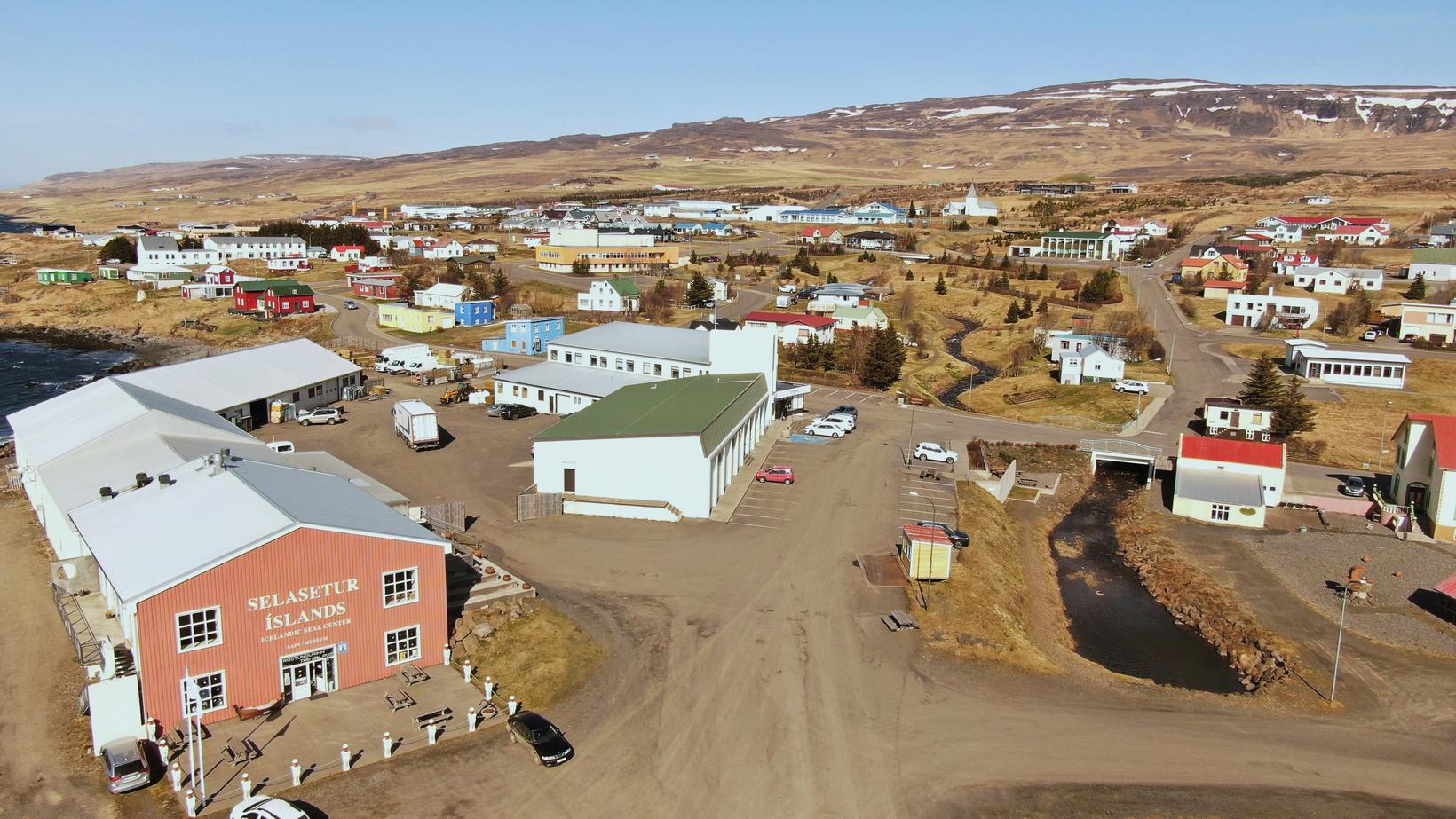India looks at the Arctic – altaposten.no
The UN Climate Panel has documented that the time period, duration and geographical placement of the monsoon, which is the basis for agriculture in the world’s most populous country, is changed due to. Climate change in the Arctic. Since agriculture and economy are interconnected, India is affected by its superpower ambitions paradoxically by the melting sea ice.
This analysis presented the Indian Foreign Minister Jaishankar at an Arctic conference in New Delhi recently. In the midst of the turmoil between India and Pakistan, the Foreign Minister prioritized time with a few hundred researchers on a Sunday morning. His knowledge of the Arctic was in -depth, the details were well under the hour -long interview. But the Foreign Minister is not alone.
Strategic questions about the Arctic are coordinated between a number of ministries and the Indian Security Council, and are led by Rear Admiral Prasanna. In 2022, India launched its Arctic strategy, which highlights research, economics, transport, international cooperation and capacity building. India is a BRICS country and cooperates with Russia.
National interests
Countries to the north have a menu of different motifs that mostly fall within the areas of national security, geopolitical influence, access to resources and science. Asian countries weight the motifs differently and cannot be cut over a comb. While Singapore is most concerned with shipping and sea level rise, countries with superpower ambitions, such as China and India, have a broader approach. Malaysia has a genius interest in research on biodiversity, while Japan and South Korea share interest in science and shipping. Both Japan and India have a large room -related business.
The life -giving monsoon
Teleconnection is the word that scientists use about air and ocean currents that tie the climate on the earth together. The currents are like blood vessels that transport energy and mass around in a complex system, quickly in the atmosphere and slowly in the sea. On the poles it is cold. Heat from the equator flows north to compensate for the heat loss in the north. The Gulf Stream is an example of such a current.
When the Arctic is heated 3-4 times more than average globally, it is because snow and ice melts and replaced by dark surfaces such as water and vegetation. Dark surfaces attract more energy and reinforce the heating. Faster heating in the Arctic leads to smaller temperature differences between the north and south. Then the air and ocean currents change. This is where the monsoon comes in.
Indian researchers need data from the Arctic to get the best possible scenarios for how the monsoon develops in a changed climate. Such analyzes are crucial for good political decisions that have great strategic and economic significance for India.
Arctic advice
India was recorded as an observer in the Arctic Council in 2013. Observers make important contributions to professional investigations that form the basis for the Council’s knowledge production and policy formulation. But it is the Arctic countries, in close cooperation with indigenous organizations, that decide.
Both academics and government officials in India argue that they should take part in decision -making processes in the Arctic Council to a greater extent. Some point out that the Arctic is a « global commons » (joint ownership), while others propose a treaty in the Arctic after the template of Antarctica. The strong commitment means that the legal basis falls into the shade during the discussions.
In the Arctic we find undoubtedly eight states, five of them are coastal states, and they have ordinary and sovereign rights as in any other region of the world. The idea that the Arctic is different hangs heavily in the meeting room in New Delhi. Although it is not right, it nourishes perceptions that are challenging for Norway.
Shipping
India sees the northern sea route as an opportunity to diversify the supply chains and provide access to energy resources, especially from Russia. The Corridor Chennai-viadivostok connects India to the eastern gateway to the northern sea route. At the same time, India is far west of Asia. Therefore, there are far fewer sailing days to save by sailing the northern sea route from India to Europe than from countries such as Japan, South Korea and China.
Large transit volume in the north can ultimately reduce activity in Indian ports. On the other hand, India sees shipbuilding of ice -reinforced ships as an opportunity. The shipyards in India currently have great overcapacity, both public and private shipyards.
Three poles
India’s presence in the Arctic is the Himadristation in Ny-Ålesund, which opened in 2008. One of India’s two active research stations in Antarctica is located in Queen Maud Land. The efforts in the polar areas must also be seen in light of India’s location near the Himalayas, which they call « the third pole ». The glaciers and snow masses in the mountain mass life supply 250 million people with water and are called Asia’s water tower. In recent years, the glaciers have melted sharply and in the long run it will mean reduced water reservoirs.
The influence of climate change on the three poles poses India to economic and security challenges. As a response, Indian authorities are now encouraging universities and research institutions to increase research efforts. India needs knowledge preparedness to safeguard their own safety and superpower ambitions. We will probably look more for India in the northern areas ahead.





